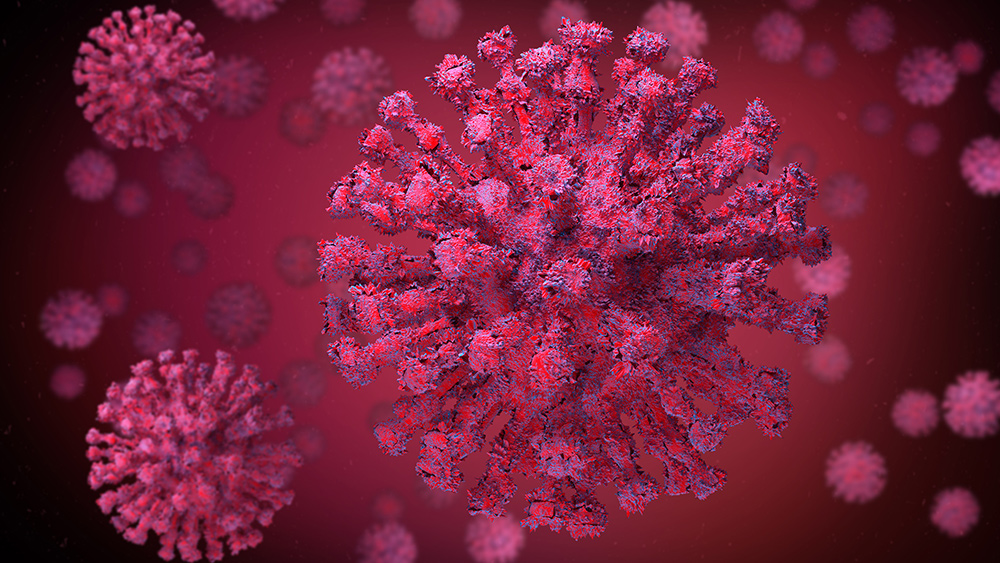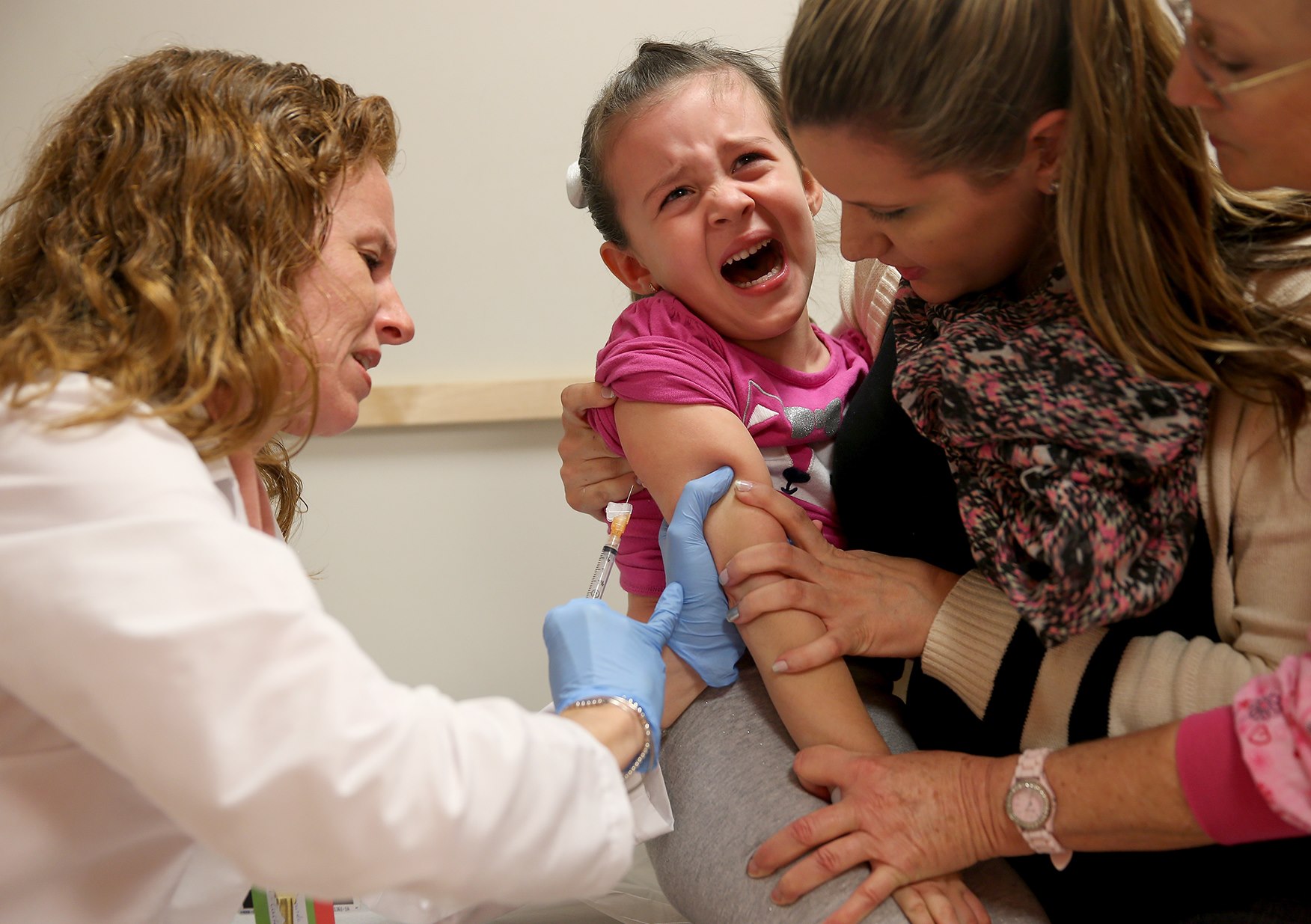Researchers want to fight the flu by lacing vaccines with “mutant proteins”
07/21/2019 / By Cassie B.

In case the flu vaccine wasn’t already bad enough to deter you from getting it, now researchers are exploring the potential of making it even scarier by injecting it with “mutant proteins.”
The researchers believe this approach could be used to target influenza type B. Although it’s not as common as influenza type A, it’s risky for older people and infants and was responsible for the majority of the flu deaths among children in the 2012-2013 flu season.
Scientists say that a protein used in the current flu vaccines, neuraminidase (NA), spurs the body to produce antibodies that could protect it from influenza B viruses. These antibodies were previously connected to preventing the spread of infection, but now it’s believed this could be exploited to create a newer and potentially more powerful vaccine.
The existing flu vaccines have proteins that are found on flu particles that prompt your immune system to create antibodies that seek out infectious particles and bind to the proteins on their surface. This has the effect of preventing the virus from replicating and going on to infect other cells. The proteins targeted by this process, hemagglutinins (HA), mutate rapidly each year, which is why we see so many seasonal flu strains that resist exiting vaccines.
The researchers studied blood samples from volunteers who had been given flu vaccines to explore the antibodies they created to influenza type B particles. They were then able to clone six antibodies they identified as targeting NA on flu particles. Mice infected with influenza B in the lab were used to demonstrate that these antibodies can decrease the replication of the flu virus and could prevent and treat such infections.
Follow-up tests on bone marrow from one of the human volunteers a year after vaccination showed that the NA antibodies were still being produced, which they believe means that basing a vaccine strategy on NA responses could be a long-lasting solution, or what they’ve termed a “universal vaccine.”
Why bother with ineffective, risky flu vaccines in the first place?
There’s no question that crafting an effective flu vaccine is a daunting task given how quickly the virus evolves and the fact that so many different strains can be active in any given flu season. And yet people continue to line up for these shots year after year, hoping they’ll somehow get lucky and not be one of the millions of people who gets sick with flu each year.
The truth is that the flu vaccine is nowhere near 100 percent effective. It changes from year to year, but has been as low as 19 percent in 2011. It contains dangerously high levels of toxic mercury, and it is regularly given to children, the elderly, and even pregnant women despite the box of the vaccine (which most patients never see) expressly stating that its safety and efficacy in pregnant women has never been established.
Wouldn’t it be better if all those who are rolling the dice with this risky vaccine chose to take a natural approach to flu prevention? One of the best ways to prevent flu is by washing your hands regularly. The virus can live on hard surfaces for as long as 24 hours, so this can go a long way toward keeping you flu-free. It’s especially important before cooking and eating and after shaking hands with people or touching light switches and door knobs.
You can also build up your immunity by ensuring you get enough sleep – anywhere from 7.5 to 9 hours is ideal – and eating an organic, healthy diet full of nutritious fruits and vegetables. This is a far safer and potentially more effective way of building up your immune system and avoiding sickness than getting a toxin-filled flu shot.
Sources for this article include:
Submit a correction >>
Tagged Under:
antibodies, bad doctors, flu shot, Flu vaccine, immunity, influenza type A, influenza type B, prevent flu, prevention, toxic ingredients, vaccines
This article may contain statements that reflect the opinion of the author
RECENT NEWS & ARTICLES
MeaslesNews.com is a fact-based public education website published by Measles News Features, LLC.
All content copyright © 2018 by Measles News Features, LLC.
Contact Us with Tips or Corrections
All trademarks, registered trademarks and servicemarks mentioned on this site are the property of their respective owners.



















